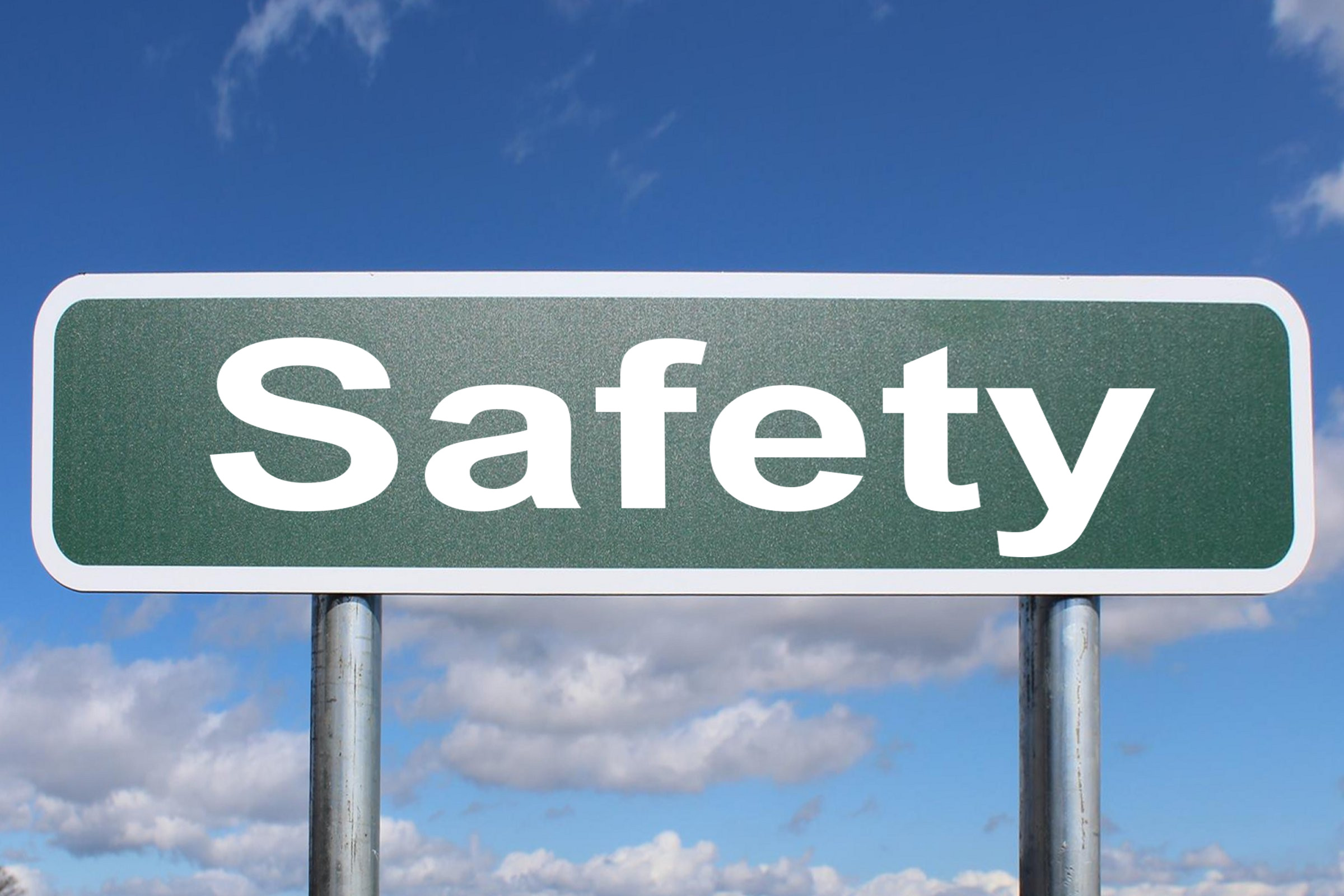Title: Alien Archive: Abduction – Unveiling the Truth behind Reality and Fiction
Introduction:
The topic of extraterrestrial life has long ignited curiosity and speculation among both enthusiasts and skeptics alike. One of the most captivating tales in this realm is the phenomenon of abductions by aliens. Countless accounts have surfaced over the years, describing encounters where individuals claim to have been whisked away by interstellar beings. As we delve into the perplexing realm of extraterrestrial abductions, this article aims to shed light on the enduring question: Are these stories based on reality or merely products of fiction?
In order to approach this subject with the utmost professionalism, we will sift through an array of credible sources, scientific studies, and expert opinions. Our aim is to present a comprehensive analysis that dissects the evidence surrounding this phenomenon, leaving no stone unturned. While some may dismiss such accounts as imaginative tales, we will explore the possibility of a deeper, more profound explanation.
The structure of this article will navigate through various aspects related to alien abduction reports. Firstly, we will delve into historical accounts of abductions, examining their origins and the cultural context in which they emerged. We will analyze trends and patterns, including recurring motifs found in these narratives, to uncover potential underlying truths or common human experiences. This will allow us to differentiate between genuine claims and fabricated tales.
Furthermore, scientific perspectives on the feasibility of interstellar travel and communication will be explored. Through an exploration of physics, astronomy, and astrobiology, we will assess whether advanced extraterrestrial civilizations could plausibly engage in such activities. In doing so, we will evaluate the possibility of alien contact and its implications for abductions.
Dissecting the psychological aspect, we will explore the theories surrounding the psychological and physiological factors that may contribute to the formation of abduction narratives. The phenomenon of sleep paralysis, traumatic experiences, psychological disorders, and the impact of popular culture on individual beliefs will be examined to develop a more comprehensive understanding.
Lastly, we will scrutinize skeptics’ viewpoints, delving into commonly proposed explanations that debunk abduction claims as mere hoaxes, hallucinations, or the product of suggestibility. By analyzing these counterarguments, we aim to provide a balanced perspective that encourages critical thinking.
Through our rigorous examination of facts, expert opinions, and scientific theories, we intend to guide our readers towards an informed understanding of the intricate world of alien abduction claims. Join us on this intellectual journey as we investigate the evidence and attempt to uncover the truth behind the captivating narratives that have captivated minds for decades.
Alien Abduction: Separating Fact from Fiction
Separating Fact from Fiction
When it comes to the intriguing topic of alien abductions, it can be challenging to distinguish between genuine accounts and imaginative tales. To help shed light on this phenomenon, we aim to examine and separate fact from fiction. Let’s dive into key points that can assist in distinguishing the two:
Evidence Based on Scientific Research:
- Physical Evidence: Although some individuals claim to have physical marks or implants after an abduction, scientific examination of these claims has often been inconclusive.
- Psychological Evaluations: Researchers have conducted psychological evaluations on alleged abductees, which sometimes reveal underlying conditions or suggest different interpretations of their experiences.
- Abduction Narratives: Analyzing the consistency and coherence of abduction narratives has been key in assessing the credibility of abduction accounts.
Misinterpretations and False Doctrines:
- Media Influence: The portrayal of alien abductions in movies and television has contributed to the misconceptions and blending of reality with fictional narratives.
- Hoaxes: Unfortunately, there have been instances where individuals have fabricated abduction stories for personal gain or notoriety.
- Cultural and Societal Beliefs: Cultural and societal beliefs can impact how individuals interpret unusual experiences, leading to the creation of fictional abduction accounts.
Anomalies and Unexplained Phenomena:
- Unidentified Aerial Phenomena (UAP): Reports of UAP sightings often get associated with alien abductions, but many remain unexplained and subject to investigation.
- Sleep Paralysis and Lucid Dreams: Sleep-related phenomena, such as sleep paralysis, can sometimes be misinterpreted as alien abductions due to vivid hallucinations and the feeling of being immobilized.
While the captivating idea of alien abductions has intrigued many, the evidence remains inconclusive and subject to debate. Separating fact from fiction requires thorough investigation, critical thinking, and an open mind to examine the complexity of these claims.

Dissecting the Claims: Examining Evidence and Testimonials
When it comes to evaluating the validity of any claim or statement, it is crucial to examine the evidence and testimonials supporting it. By dissecting the claims through a critical lens, we can uncover the truth behind the assertions being made.
Evidence Evaluation
Properly assessing the evidence provided is pivotal in determining the credibility of a claim. Here are some key points to consider:
- Source credibility: Assess the reliability and reputation of the source presenting the evidence. Is it a reputable institution, expert, or organization?
- Consistency: Check if the evidence aligns with established facts and existing knowledge. Is it supported by multiple reliable sources?
- Methodology: Scrutinize the methodology used to gather the evidence. Was it conducted scientifically, adhering to rigorous standards?
- Bias: Examine any potential bias that could influence the evidence. Is there a conflict of interest or motive that might undermine the objectivity?
Testimonial Analysis
The examination of testimonials involves carefully scrutinizing personal accounts and experiences. Here’s how to approach it:
- Credibility: Evaluate the credibility and expertise of the individuals providing the testimonials. Do they possess relevant qualifications or credentials?
- Consistency: Look for consistency among various testimonials. Do they share similar experiences that reinforce each other?
- Corroboration: Seek additional evidence that supports or contradicts the testimonials. Can the claims made be verified through independent sources?
- Misinterpretation: Be cautious of potential misinterpretation or exaggeration in testimonials. Are there any underlying factors that may skew their perception?
By diving into the realm of evidence and testimonials, we equip ourselves with the necessary tools to navigate the landscape of information. Only through rigorous examination and critical analysis can we draw well-founded conclusions, empowering us to make informed decisions based on the legitimacy of the claims presented.

Expert Analysis: Debunking Popular Abduction Theories
- Contrary to popular belief, there is a lack of substantial evidence supporting the existence of extraterrestrial beings visiting our planet and abducting individuals.
- Several alleged abduction cases have been debunked through thorough investigation, revealed to be hoaxes or attributed to alternative explanations such as sleep paralysis or sleep disorders.
- Psychological factors, including hallucinations or false memories, often play a significant role in the creation of abduction narratives.
- The idea that governments are orchestrating mass abductions for unknown purposes lacks substantial evidence.
- Speculative claims of secret experiments or mind control conducted by government agencies often rely on anecdotal accounts and conspiracy theories.
- It is crucial to critically evaluate sources and question the motivations behind such allegations, separating facts from fiction.
- The notion that individuals are being abducted by entities from other dimensions remains purely speculative without concrete empirical evidence.
- Interdimensional travel theories often lack scientific grounding and rely on unproven concepts, such as parallel universes or alternate dimensions.
- In the absence of verifiable evidence, it is essential to approach these theories with caution and explore more plausible explanations grounded in scientific methodology.

Preparing for Possible Encounters: Safety Measures and Recommendations
In order to ensure the safety of yourself and those around you, it is essential to be well-prepared for any possible encounter you may face. Below are some valuable safety measures and recommendations to consider:
- Stay alert and aware of your surroundings at all times.
- Carry a personal safety alarm or whistle to attract attention in case of an emergency.
- Travel in groups whenever possible, particularly during night-time or in unfamiliar areas.
- Inform a trusted friend or family member about your plans and provide them with your itinerary.
- Become familiar with emergency contact numbers for local authorities and keep them easily accessible.
- Ensure that your phone is charged and has sufficient credit or a data plan to make emergency calls.
- Learn basic self-defense techniques to protect yourself in case of physical altercation.
- Carry a small first aid kit with essentials such as bandages, antiseptic wipes, and pain relievers.
- Research the local laws and customs of the area you are visiting to avoid unintentional offenses.
- Be cautious when accepting help or offers from strangers, especially in unfamiliar or isolated areas.
Remember, taking proactive safety measures significantly enhances your personal security and helps minimize potential risks. By following these recommendations, you can better prepare yourself for any situation that may arise during your travels.
Insights and Conclusions
In conclusion, the concept of alien abductions is an intriguing subject that continues to captivate the public’s imagination. While sceptics argue that the evidence supporting these claims remains largely anecdotal and speculative, others believe that the sheer number of reported encounters cannot be easily disregarded. Nonetheless, until concrete scientific proof emerges, the truth of alien abductions will remain shrouded in uncertainty.
It is important to approach this topic with an open mind, acknowledging the potential for both genuine experiences and imaginative accounts. As researchers delve deeper into the realm of ufology, they are working tirelessly to unravel the mysteries surrounding alien abductions. The Alien Archive serves as an excellent repository for documenting and analyzing these encounters, offering a platform for genuine discussions and critical analysis.
While we must exercise caution when evaluating abduction narratives, we should also foster a space for respectful dialogue and exploration. By continuously investigating, researching, and challenging our existing knowledge, we may inch closer to uncovering the reality behind these stories. As time goes on, advancements in technology and scientific methods may provide us with the answers we seek. Until then, let us remain patient, skeptical yet open-minded, and eager to unravel this enigma that continues to intrigue humanity.